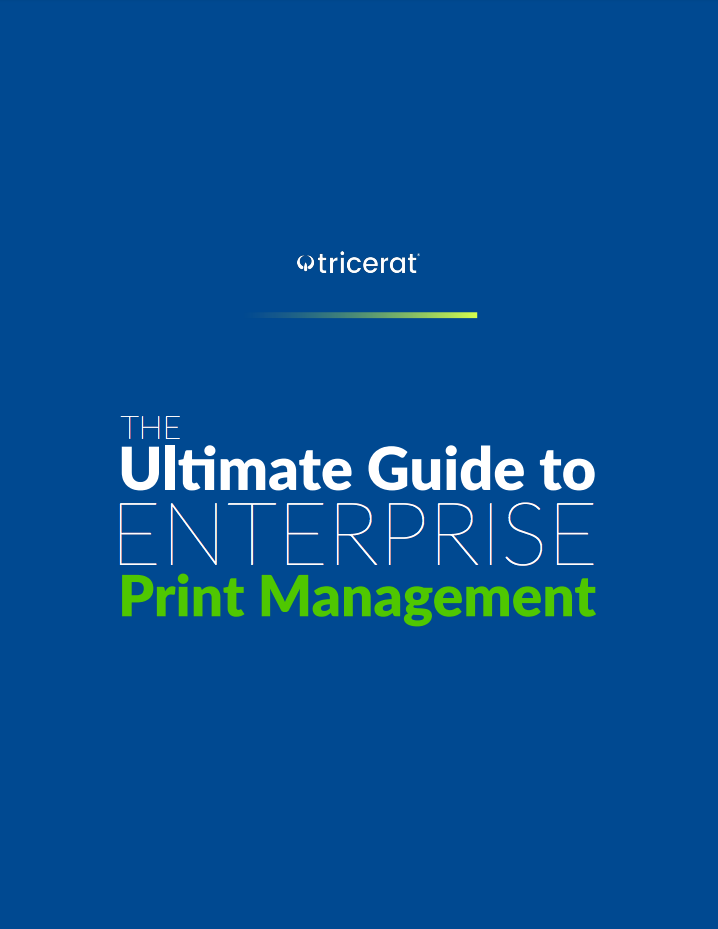RRJ Insurance Group is a privately owned and operated insurance brokerage. Mark Werner, VP of Information Systems, manages all seven offices and more than 150 employees. The entire staff is able to work remotely from any office, from home, on the road, or with a client through a mobile device or tablet. Printing common and critical insurance documents - i.e. policy documents, certificates of insurance, insurance binders, and letters to a client through a remote desktop application became a challenge. Learn what steps Mark took to overcome RRJ Insurance Group's printing issues with ScrewDrivers.
The current CRM application that RRJ uses is a custom software application specifically written for the insurance industry. This software uses a fat client Windows 32-bit application developed for Local Area Network (LAN) topology and integrates with other desktop applications such as Microsoft Office.
The number of RRJ offices has more than doubled in the past 10 years. This meant expanding and integrating new employees, new equipment, and a geographical distance into their network. Centralizing their CRM databases into a single database and being able to access it through a client Remote Desktop Services/Citrix solution became essential. Their VMware ESXi virtual environment hosts 8 servers located at a datacenter. Deployed within this virtual environment is a RDS environment consisting of 3 Windows 2008R2 Terminal Servers connected to file and data servers and an Exchange mail server. The entire staff now performs their full duties from any of their offices, their home, on the road, or with a client through a mobile device or tablet.
Once RRJ employees had the flexibility to work remotely, they also had the ability to provide service at their customers’ convenience. Printing common and critical documents, such as proposals, certificates of insurance, cover notes, and insurance policies, to local devices through a Remote Desktop Application became a challenge. Network bandwidth was a major issue on top of managing the mobile devices and the various legacy computer systems and printer/copier hardware that were brought through office acquisitions. This brought on additional layers of complexity when it came to printing.
With a diverse range of printer manufacturers and models, inherited equipment without WHQL-certified drivers, hybrid 32-bit and 64-bit versions, and various client OS drivers that would not work on the Server OS, print jobs were either illegible and/or fonts would be substituted that would change the formatting of the printed document. Some of these print jobs would take hours to reformat. Documents with graphics would be rendered on the server into very large documents, sometimes hundreds of MBs, that would take too long to print at the workstation and, in turn, hold up other just-as-important print jobs. Any delay in printing attributed directly to their financial loss in productivity.
During the first 12 months of initial deployment of their RDS environment, Mark and his team began to assess and try many of the free solutions available. Their first attempt was LAN printing through IPsec VPN, which resulted in excessive bandwidth consumption and print driver incompatibility with their server OS. Next, they utilized Microsoft’s RDP printer redirection that printed garbled documents, especially with PDF and PostScript documents. Another free application caused slow print speed with rasterized documents and did not support XP workstations or non-Microsoft clients. With another solution, users lost all of their advanced printer functions such as duplexing and paper tray assignments, plus it only worked with one brand of printers, and required a driver to be installed on the server and each client. In a final attempt, Mark and his team tried one other tool. Problems arose quickly, including slow print jobs, the creation of large temp files were created on the terminal server, and mismatched RDP Client connections upon reconnection.
After evaluating these for a little over a year, Mark decided to test Tricerat’s ScrewDrivers. They initially deployed ScrewDrivers on one of three terminal servers to evaluate its performance and compare it to other products. “The installation was simple and took minimal configuration. The default settings will handle the majority of installation types,” explains Mark. After running ScrewDrivers, Mark and his team believed that it provided the best performance, allowed users to access all of their printers advanced features, and worked seamlessly in a hybrid environment.
